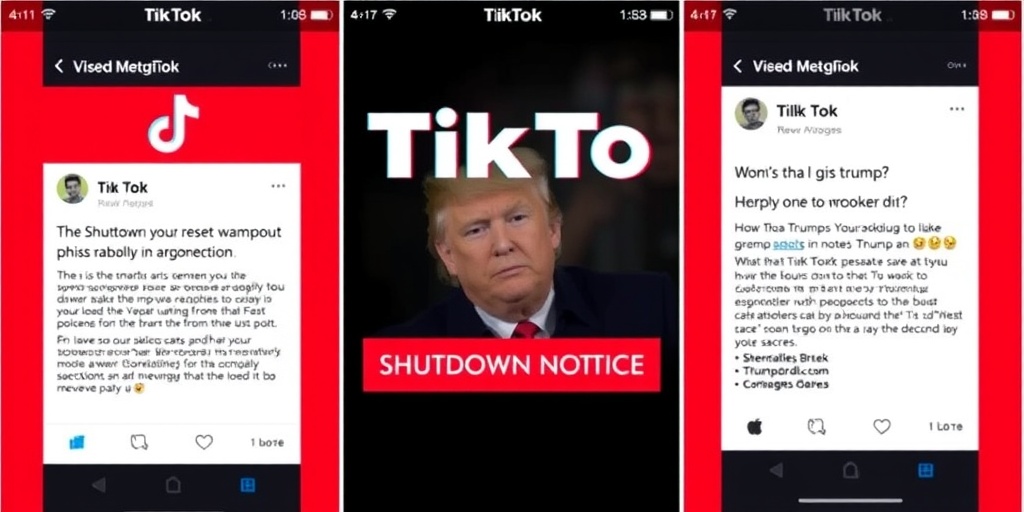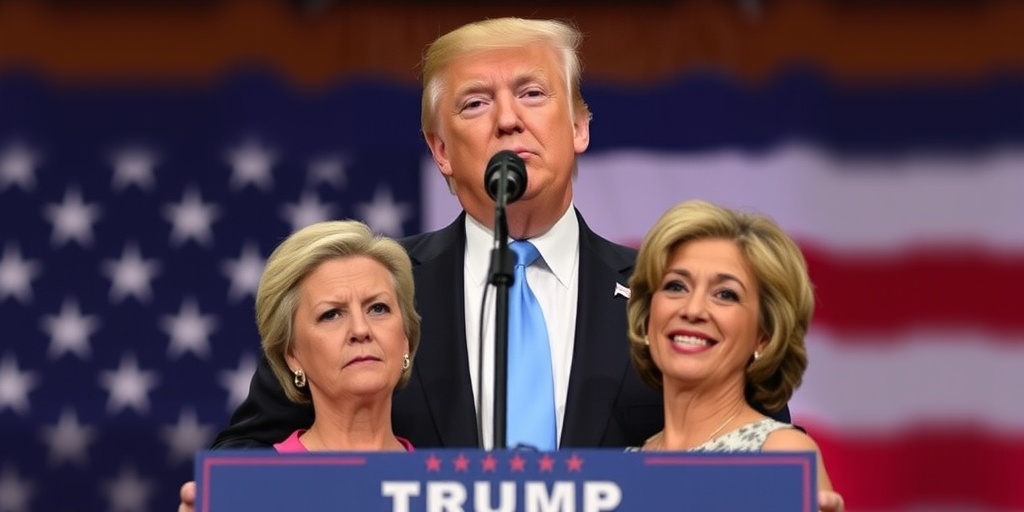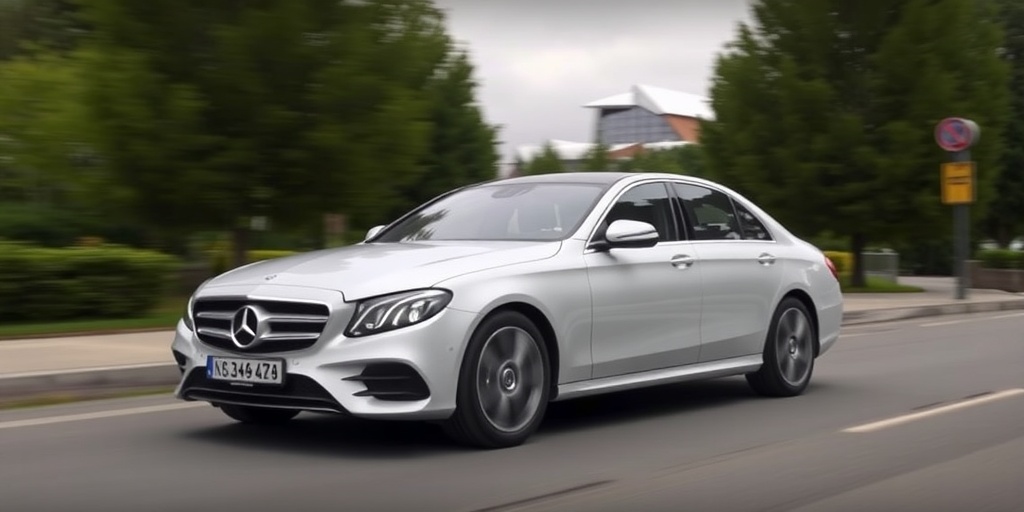Now Reading: TikTok’s Shutdown Notice Carries Political Message for Trump
-
01
TikTok’s Shutdown Notice Carries Political Message for Trump
TikTok’s Shutdown Notice Carries Political Message for Trump

TikTok’s Temporary Shutdown Sparks Political Maneuvering: A Dance Between National Security and Corporate Interests
In a surprising turn of events early Sunday morning, TikTok momentarily ceased its operations, delivering a politically charged message to its disheartened users: “We are fortunate that President Trump has indicated that he will work with us on a solution to reinstate TikTok once he takes office.” This announcement was directed towards a singular audience—Donald Trump himself. It served as a testament to the app’s significant user base, which boasts over 170 million users in the United States, while subtly appealing to the former president’s ego. Such open approaches in corporate political messaging are rare, yet the implications of this one manifested almost instantaneously.
By the time the sun was high in the sky on Sunday, Trump retaliated with his own declaration: “I will issue an executive order on Monday to extend the period of time before the law’s prohibitions take effect, so that we can make a deal to protect our national security.” Trump’s proposed solution was a rather nebulous idea: transforming TikTok into a 50-50 joint venture between its Chinese parent company, ByteDance, and an unspecified American entity. While this idea initially appeared attractive, it raised concerns about whether it would satisfy the stringent requirements of legislation that bans operations of foreign adversary-controlled applications on American soil.
The national security implications inherent in TikTok’s ownership and algorithms—potentially susceptible to Chinese government oversight—remained largely unaddressed by Trump’s plan. The algorithm, which curates content based on user engagement, has long been a focal point of worry, as critics fear it could be manipulated to influence the perceptions and behaviors of American users.
The calculated timing of TikTok’s temporary suspension served to illustrate to its dedicated followers what life might be like without the app—reminding them of its integration into their digital lives since its American debut in 2016. This strategic maneuver created a compelling narrative that Trump could step in to resolve just as he was preparing to rally supporters in Washington later that day.
The importance of maintaining the app’s operation was reflected in the presence of TikTok’s CEO, Shou Chew, who had secured a spot at the inauguration. He would not be alone among tech moguls, with notable figures like Jeff Bezos, Mark Zuckerberg, and Elon Musk also in attendance.
For TikTok, the shift in Trump’s stance—from a figure determined to ban the app to one seeking to preserve it—was nothing short of a business miracle. Shortly after Trump announced his intent to renegotiate TikTok’s future, incoming national security adviser Michael Waltz emphasized the app’s widespread appeal, stating, “it’s a fantastic app. It’s something that 170 million Americans enjoy, and we’re confident that we can save TikTok, but also protect Americans’ data and protect them from influence.” He suggested the possibility of a strategy that could satisfy legal requirements without sacrificing the app’s operational viability.
That said, the specifics of Trump’s proposed 50-50 venture remained ambiguous. Whether ByteDance would maintain control over the algorithm or whether it would be predominantly American-controlled remained uncertain. The core concern persists: the potential for the Chinese government to access and influence user data poses significant risks that would not be mitigated by a mere change in ownership structure. The fear that the powerful algorithm could be weaponized for misinformation or other nefarious purposes continues to loom over discussions.
Trump’s rhetoric allowed him to position himself as a deal maker, reveling in the leverage he believed he now held in negotiations concerning the app. Summarily touting TikTok’s favorable role in his electoral performance among younger voters, he proclaimed, “So I like TikTok! I had a slightly good experience, wouldn’t you say?”
As Trump’s rally concluded without concrete executive actions, the message conveyed through the TikTok app’s restored service was strikingly clear. The notice, thanking users for their patience, read: “As a result of President Trump’s efforts, TikTok is back in the U.S.!” While the reality was that no immediate changes had occurred and no real solution had been found, the symbolic gesture gave Trump significant political airtime—further bending the narrative in favor of his time in office.
The unfolding saga of TikTok in the American marketplace highlights the complex interplay between national security concerns, corporate interests, and political maneuvering—an intricate dance that will likely continue long into the future as stakeholders seek a resolution that satisfies all parties involved.
Stay Informed With the Latest & Most Important News
Previous Post
Next Post
-
 01New technology breakthrough has everyone talking right now
01New technology breakthrough has everyone talking right now -
 02Unbelievable life hack everyone needs to try today
02Unbelievable life hack everyone needs to try today -
 03Fascinating discovery found buried deep beneath the ocean
03Fascinating discovery found buried deep beneath the ocean -
 04Man invents genius device that solves everyday problems
04Man invents genius device that solves everyday problems -
 05Shocking discovery that changes what we know forever
05Shocking discovery that changes what we know forever -
 06Internet goes wild over celebrity’s unexpected fashion choice
06Internet goes wild over celebrity’s unexpected fashion choice -
 07Rare animal sighting stuns scientists and wildlife lovers
07Rare animal sighting stuns scientists and wildlife lovers





















